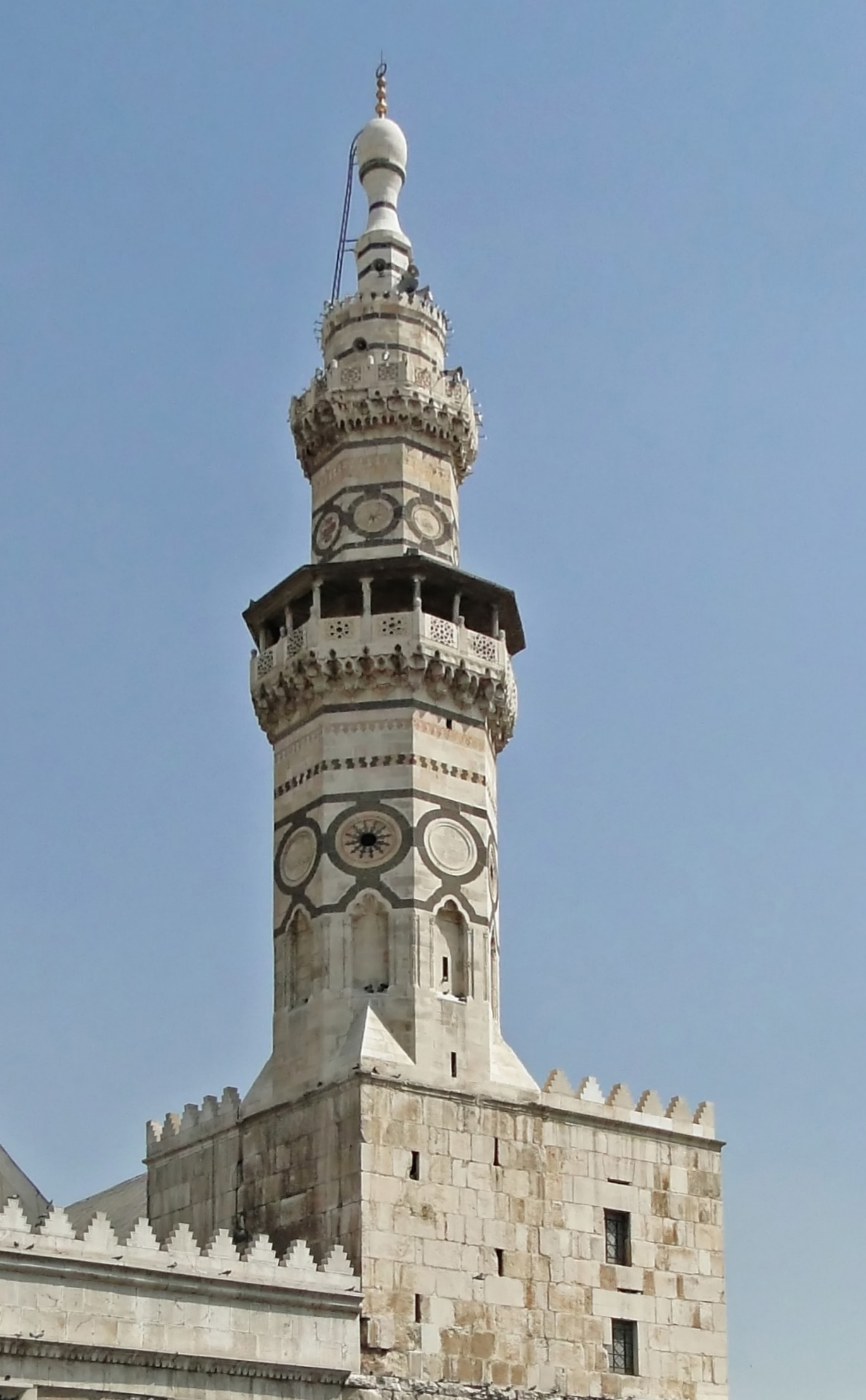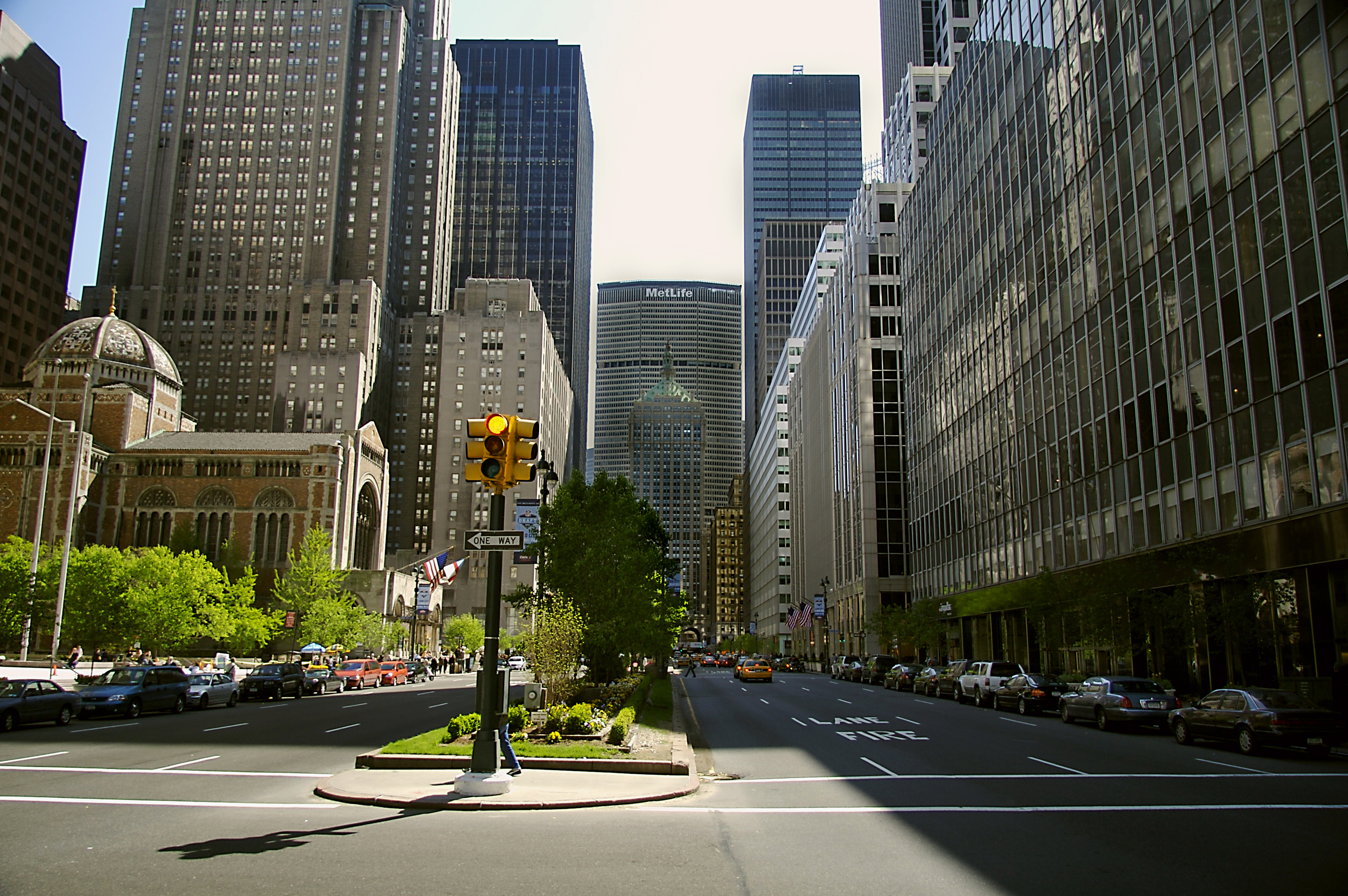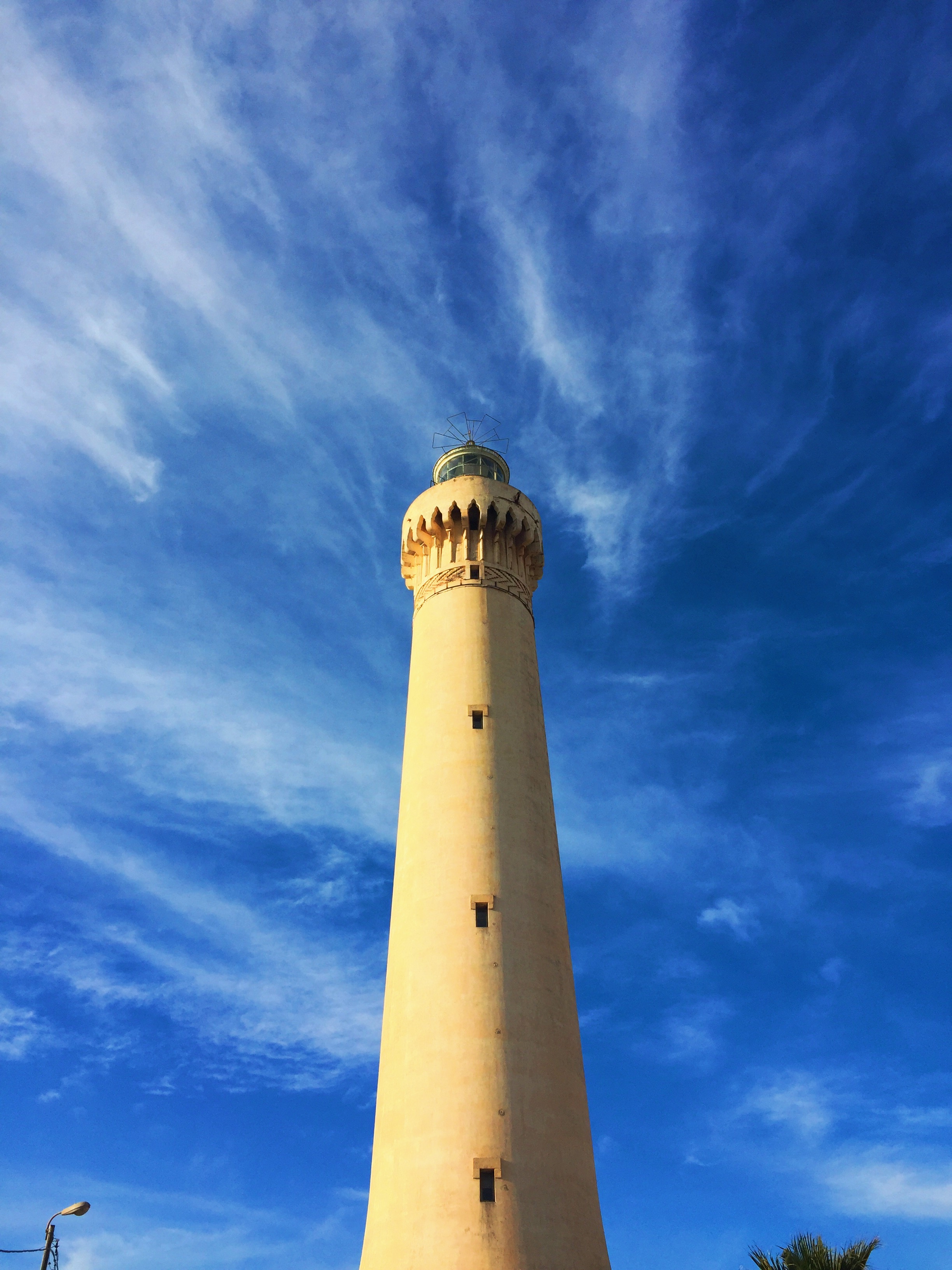|
Hassan II Mosque
The Hassan II Mosque ( ar, مسجد الحسن الثاني, french: Grande Mosquée Hassan II) is a mosque in Casablanca, Morocco. It is the largest functioning mosque in Africa and is the 7th largest in the world. Its minaret is the world's second tallest minaret at .Kingfisher Geography encyclopedia. . Page 137 Completed in 1993, it was designed by Michel Pinseau under the guidance of King Hassan II and built by Moroccan artisans from all over the kingdom. The minaret is 60 stories high topped by a laser, the light from which is directed towards Mecca. The mosque stands on a promontory looking out to the Atlantic Ocean; worshippers can pray over the sea but there is no glass floor looking into the sea. The walls are of hand-crafted marble and the roof is retractable. A maximum of 105,000 worshippers can gather together for prayer: 25,000 inside the mosque hall and another 80,000 on the mosque's outside ground. Geography The mosque is located at Bd Sidi Mohammed Ben Abdallah ... [...More Info...] [...Related Items...] OR: [Wikipedia] [Google] [Baidu] |
Islam
Islam (; ar, ۘالِإسلَام, , ) is an Abrahamic monotheistic religion centred primarily around the Quran, a religious text considered by Muslims to be the direct word of God (or ''Allah'') as it was revealed to Muhammad, the main and final Islamic prophet.Peters, F. E. 2009. "Allāh." In , edited by J. L. Esposito. Oxford: Oxford University Press. . (See alsoquick reference) " e Muslims' understanding of Allāh is based...on the Qurʿān's public witness. Allāh is Unique, the Creator, Sovereign, and Judge of mankind. It is Allāh who directs the universe through his direct action on nature and who has guided human history through his prophets, Abraham, with whom he made his covenant, Moses/Moosa, Jesus/Eesa, and Muḥammad, through all of whom he founded his chosen communities, the 'Peoples of the Book.'" It is the world's second-largest religion behind Christianity, with its followers ranging between 1-1.8 billion globally, or around a quarter of the world' ... [...More Info...] [...Related Items...] OR: [Wikipedia] [Google] [Baidu] |
Minaret
A minaret (; ar, منارة, translit=manāra, or ar, مِئْذَنة, translit=miʾḏana, links=no; tr, minare; fa, گلدسته, translit=goldaste) is a type of tower typically built into or adjacent to mosques. Minarets are generally used to project the Muslim call to prayer ('' adhan''), but they also served as landmarks and symbols of Islam's presence. They can have a variety of forms, from thick, squat towers to soaring, pencil-thin spires. Etymology Two Arabic words are used to denote the minaret tower: ''manāra'' and ''manār''. The English word "minaret" originates from the former, via the Turkish version (). The Arabic word ''manāra'' (plural: ''manārāt'') originally meant a "lamp stand", a cognate of Hebrew ''menorah''. It is assumed to be a derivation of an older reconstructed form, ''manwara''. The other word, ''manār'' (plural: ''manā'ir'' or ''manāyir''), means "a place of light". Both words derive from the Arabic root ''n-w-r'', which has a mea ... [...More Info...] [...Related Items...] OR: [Wikipedia] [Google] [Baidu] |
Mohammed V Of Morocco
Muhammad ( ar, مُحَمَّد; 570 – 8 June 632 CE) was an Arab religious, social, and political leader and the founder of Islam. According to Islamic doctrine, he was a prophet divinely inspired to preach and confirm the monotheistic teachings of Adam, Abraham, Moses, Jesus, and other prophets. He is believed to be the Seal of the Prophets within Islam. Muhammad united Arabia into a single Muslim polity, with the Quran as well as his teachings and practices forming the basis of Islamic religious belief. Muhammad was born approximately 570CE in Mecca. He was the son of Abdullah ibn Abd al-Muttalib and Amina bint Wahb. His father Abdullah was the son of Quraysh tribal leader Abd al-Muttalib ibn Hashim, and he died a few months before Muhammad's birth. His mother Amina died when he was six, leaving Muhammad an orphan. He was raised under the care of his grandfather, Abd al-Muttalib, and paternal uncle, Abu Talib. In later years, he would periodically seclude ... [...More Info...] [...Related Items...] OR: [Wikipedia] [Google] [Baidu] |
Mihrab
Mihrab ( ar, محراب, ', pl. ') is a niche in the wall of a mosque that indicates the '' qibla'', the direction of the Kaaba in Mecca towards which Muslims should face when praying. The wall in which a ''mihrab'' appears is thus the "qibla wall". The '' minbar'', which is the raised platform from which an imam (leader of prayer) addresses the congregation, is located to the right of the mihrab. Etymology The origin of the word ''miḥrāb'' is complicated and multiple explanations have been proposed by different sources and scholars. It may come from Old South Arabian (possibly Sabaic) ''mḥrb'' meaning a certain part of a palace, as well as "part of a temple where ''tḥrb'' (a certain type of visions) is obtained," from the root word ''ḥrb'' "to perform a certain religious ritual (which is compared to combat or fighting and described as an overnight retreat) in the ''mḥrb'' of the temple." It may also possibly be related to Ethiopic ''məkʷrab'' "temple, sa ... [...More Info...] [...Related Items...] OR: [Wikipedia] [Google] [Baidu] |
Turkish Bath
A hammam ( ar, حمّام, translit=ḥammām, tr, hamam) or Turkish bath is a type of steam bath or a place of public bathing associated with the Islamic world. It is a prominent feature in the culture of the Muslim world and was inherited from the model of the Roman '' thermae.'' Muslim bathhouses or hammams were historically found across the Middle East, North Africa, al-Andalus (Islamic Spain and Portugal), Central Asia, the Indian subcontinent, and in Southeastern Europe under Ottoman rule. A variation on the Muslim bathhouse, the Victorian Turkish bath, became popular as a form of therapy, a method of cleansing, and a place for relaxation during the Victorian era, rapidly spreading through the British Empire, the United States of America, and Western Europe. In Islamic cultures the significance of the hammam was both religious and civic: it provided for the needs of ritual ablutions but also provided for general hygiene in an era before private plumbing and s ... [...More Info...] [...Related Items...] OR: [Wikipedia] [Google] [Baidu] |
Madrasa
Madrasa (, also , ; Arabic: مدرسة , pl. , ) is the Arabic word for any type of educational institution, secular or religious (of any religion), whether for elementary instruction or higher learning. The word is variously transliterated '' Madrasah arifah'', ''medresa'', ''madrassa'', ''madraza'', ''medrese'', etc. In countries outside the Arab world, the word usually refers to a specific type of religious school or college for the study of the religion of Islam, though this may not be the only subject studied. In an architectural and historical context, the term generally refers to a particular kind of institution in the historic Muslim world which primarily taught Islamic law and jurisprudence (''fiqh''), as well as other subjects on occasion. The origin of this type of institution is widely credited to Nizam al-Mulk, a vizier under the Seljuks in the 11th century, who was responsible for building the first network of official madrasas in Iran, Mesopotamia, and Khor ... [...More Info...] [...Related Items...] OR: [Wikipedia] [Google] [Baidu] |
Orthlieb Pool
The Orthlieb Pool, also called the Centre Balnéaire Georges Orthlieb or Casablanca municipal swimming pool (Arabic: مسبح الدار البيضاء البلدي), was a seawater swimming pool built in the rocks along the road from Ain Diab to Casablanca in Morocco. At 480 m (1,574 ft) long and 75 m (246 ft) wide, it was once considered the largest swimming pool in the world. The swimming pool and bathing center took three years to build, and the facility was inaugurated on July 14, 1934. It was designed by the architect Maurice L'Herbier and named for Georges Orthlieb, a municipal leader in Casablanca. Following the independence movement of Morocco, the pool fell into disrepair. In 1986, the site was destroyed to make way for construction of the Hassan II Mosque. See also *List of largest swimming pools There are a number of large swimming pools around the world, several of which are artificial lagoons. As of 2019, the Guinness World Record holder for the largest man-made l ... [...More Info...] [...Related Items...] OR: [Wikipedia] [Google] [Baidu] |
Hassan 2 Mosque
Hassan, Hasan, Hassane, Haasana, Hassaan, Asan, Hassun, Hasun, Hassen, Hasson or Hasani may refer to: People *Hassan (given name), Arabic given name and a list of people with that given name *Hassan (surname), Arabic, Jewish, Irish, and Scottish surname and a list of people with that surname Places *Hassan (crater), an impact crater on Enceladus, a moon of Saturn Africa *Abou El Hassan District, Algeria *Hassan Tower, the minaret of an incomplete mosque in Rabat, Morocco *Hassan I Dam, on the Lakhdar River in Morocco *Hassan I Airport, serving El Aaiún, Western Sahara Americas *Chanhassen, Minnesota, a city in Minnesota, United States *Hassan Township, Minnesota, a city in Minnesota, United States Asia *Hassan, Karnataka, a city and district headquarters in Karnataka, India **Hassan District, a district headquartered in Karnataka, India **Hassan (Lok Sabha constituency) **Hassan Airport, Karnataka *Hass, Syria, a town in Idlib Governorate, Syria *Hasan, Ilam, a village ... [...More Info...] [...Related Items...] OR: [Wikipedia] [Google] [Baidu] |
Palace Oued El Makhazine
A palace is a grand residence, especially a royal residence, or the home of a head of state or some other high-ranking dignitary, such as a bishop or archbishop. The word is derived from the Latin name palātium, for Palatine Hill in Rome which housed the Roman Empire, Imperial residences. Most European languages have a version of the term (''palais'', ''palazzo'', ''palacio'', etc.), and many use it for a wider range of buildings than English. In many parts of Europe, the equivalent term is also applied to large private houses in cities, especially of the aristocracy; often the term for a large country house is different. Many historic palaces are now put to other uses such as parliaments, museums, hotels, or office buildings. The word is also sometimes used to describe a lavishly ornate building used for public entertainment or exhibitions such as a movie palace. A palace is distinguished from a castle while the latter clearly is fortified or has the style of a fortification ... [...More Info...] [...Related Items...] OR: [Wikipedia] [Google] [Baidu] |
Boulevard
A boulevard is a type of broad avenue planted with rows of trees, or in parts of North America, any urban highway. Boulevards were originally circumferential roads following the line of former city walls. In American usage, boulevards may be wide, multi-lane arterial thoroughfares, often divided with a central median, and perhaps with side-streets along each side designed as slow travel and parking lanes and for bicycle and pedestrian usage, often with an above-average quality of landscaping and scenery. Etymology The word ''boulevard'' is borrowed from French. In French, it originally meant the flat surface of a rampart, and later a promenade taking the place of a demolished fortification. It is a borrowing from the Dutch word ' 'bulwark'. Usage world-wide Asia Cambodia Phnom Penh has numerous boulevards scattered throughout the city. Norodom Boulevard, Monivong Boulevard, Sihanouk Boulevard, and Kampuchea Krom Boulevard are the most famous. India *Bengaluru's Mah ... [...More Info...] [...Related Items...] OR: [Wikipedia] [Google] [Baidu] |
El Hank Lighthouse
The El Hank lighthouse is a lighthouse located on the tip of El Hank, west of the port of Casablanca. It is managed by the Port and Maritime Authority within the Ministry of Equipment, Transport, Logistics and Water. History This lighthouse, which bears the name of the point where it was built, is the tallest lighthouse in Morocco. It was restored by the French architect Albert Laprade Albert Laprade (29 November 1883 – 9 May 1978) was a French architect, perhaps best known for the Palais de la Porte Dorée. During a long career he undertook many urban renewal projects as well as major industrial and commercial works. A sk ... who redesigned the ridge and landscaped its surroundings in 1916, inspired by the ancient minarets. It came into operation in 1920 and helped the development of the city of Casablanca, as it facilitated access to the port, which was previously considered dangerous. The lighthouse of El Hank is 51 m high (with a base of 6.60 m) and has a diameter o ... [...More Info...] [...Related Items...] OR: [Wikipedia] [Google] [Baidu] |
Promontory
A promontory is a raised mass of land that projects into a lowland or a body of water (in which case it is a peninsula). Most promontories either are formed from a hard ridge of rock that has resisted the erosive forces that have removed the softer rock to the sides of it, or are the high ground that remains between two river valleys where they form a confluence. A headland, or head, is a type of promontory. Promontories in history Located at the edge of a landmass, promontories offer a natural defense against enemies, as they are often surrounded by water and difficult to access. Many ancient and modern forts and castles have been built on promontories for this reason. One of the most famous examples of promontory forts is the Citadel of Namur in Belgium. Located at the confluence of the Meuse and Sambre rivers, the citadel has been a prime fortified location since the 10th century. The surrounding rivers act as a natural moat, making it difficult for enemies to access the fo ... [...More Info...] [...Related Items...] OR: [Wikipedia] [Google] [Baidu] |
.jpg)

.jpg)





